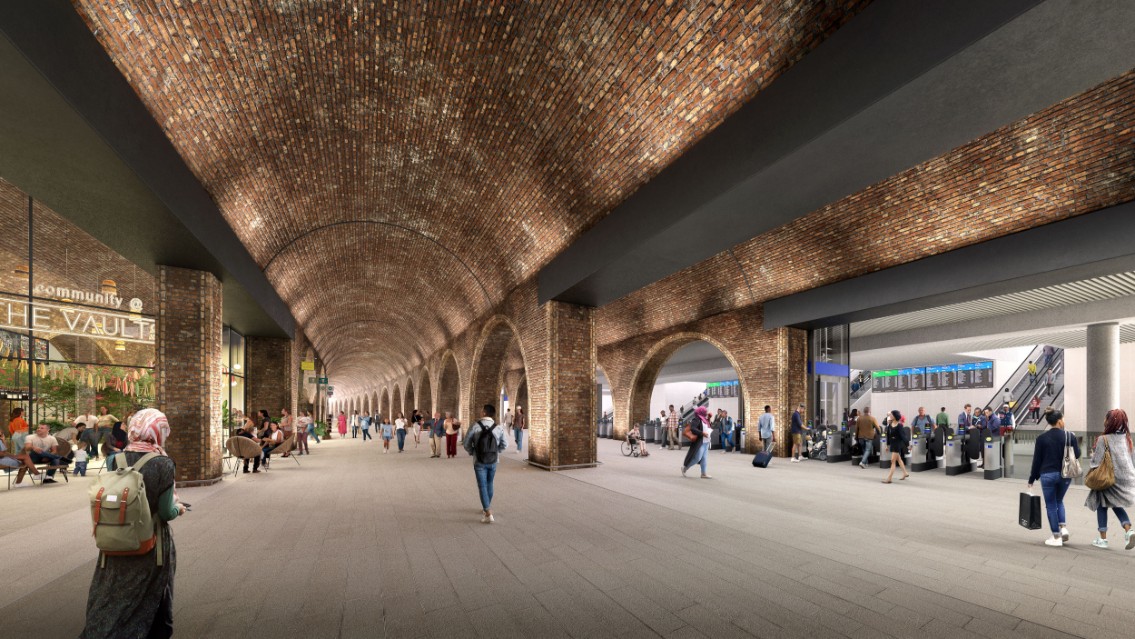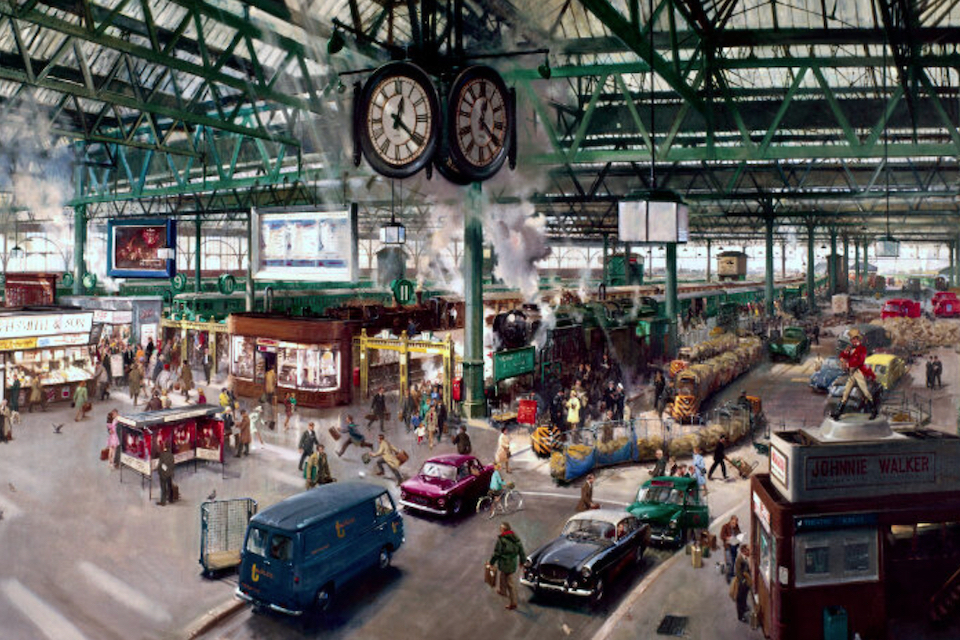A joint future vision for London Waterloo station and its surrounding area has been revealed. The British infrastructure agency Network Rail, and the Borough of Lambeth Council, the local authority for the area, are collaborating on the plan. Waterloo is the biggest passenger station in the UK and, until recently, was the busiest too. The station has been assessed in the recent past for express logistics capability. Traffic from that sector could be part of Waterloo’s revamped future.
Waterloo is among the most famous stations in the world. However, it is showing its age. That is why the local authority and Network Rail have collaborated on a wide-ranging proposal to redevelop the station and its neighbourhood. The station is a critical commuter hub but also serves a wide diagram of inter-urban and long-distance trains. It was the original terminus for cross-Channel Eurostar trains. Now, plans are in hand to make it a terminus of international standards once again. Those plans could include receiving international freight, too – although the origin of consignments might be somewhat more local.
Economic benefits could extend to light logistics
Network Rail and Lambeth Council have joined forces with a raft of local partners to review the future of Waterloo. The consortium has in mind an ambitious long-term plan for the future development of London Waterloo station. The wider proposals include integrating the redevelopment into the surrounding Waterloo and the iconic South Bank area.

The London Waterloo Station vision sets out a series of long-term aspirations to deliver improvements to both the station and the wider area. Network Rail say that the plans further improve the wider neighbourhood and make it easier and safer for people to move around, promote active travel and support the local economy. Those economic benefits could extend to bringing light logistics into the station during the overnight hours and possibly in the off-peak hours, too.
Proposals would positively benefit logistics operations
Network Rail, which manages the British railway infrastructure, is responsible for twenty of the largest stations in Great Britain. The infrastructure agency conducted a review of capability within those stations. NR specifically examined the possibility of offering logistics services from the platforms. The report included an examination of Waterloo, and the reintroducing a modern-day equivalent of parcel services remains a possibility.

The announcement of the revamp plans for Waterloo coincided with last week’s demonstration event at Liverpool Street – another equally busy London terminal. That event, hosted by start-up express logistics company Varamis Rail, showed off the viability of using a major station for potential business clients. Although the revamp at Waterloo is primarily aimed at passenger circulation and the public realm, none of that mitigates against logistics operations. In fact, improved access, which is a cornerstone of the plan, would positively benefit any such operations.
Harness the investment in Waterloo
Waterloo’s Victorian origins are a legacy that adds considerable character to the station. However, modern passenger demand is compromised by its charms. Practices that may have been acceptable when the station was built do not pass muster in the twenty-first century. therefore, the vision outlines a number of improvements and upgrades, including a revamped concourse area and significantly better circulation around the station, to encourage more active forms of travel and onward travel from the station.

Vehicle access would also be redesigned, potentially offering privileged access for low-emissions and zero-emissions vehicles, fulfilling last-mile local deliveries. “Waterloo is hugely important to Lambeth’s economy”, said Claire Holland, the Council leader. “The area is home to leading educational, cultural, and healthcare institutions as well as exciting start-ups at the forefront of the medical tech, digital, and the green economy. The vision provides a strong framework for this change and will allow us to harness the investment in Waterloo.”